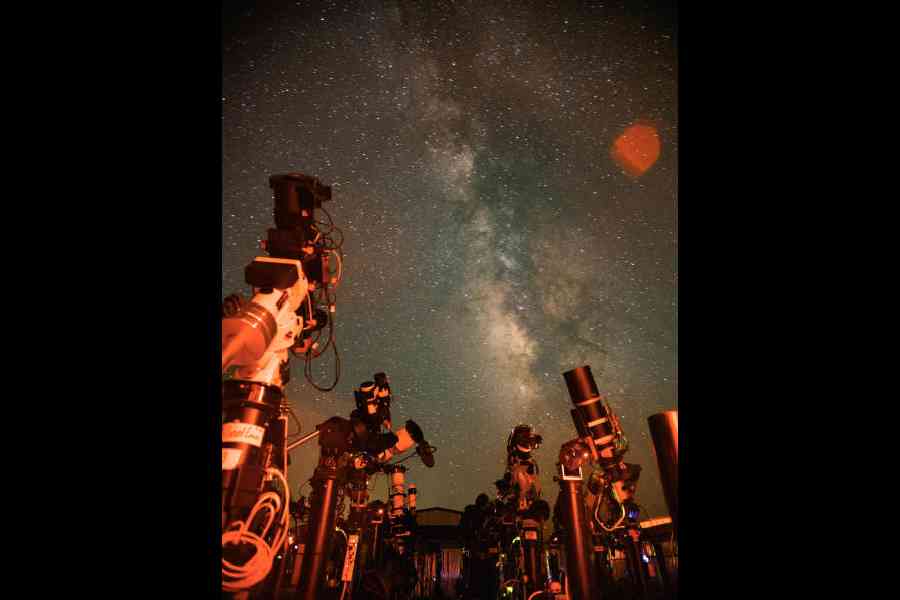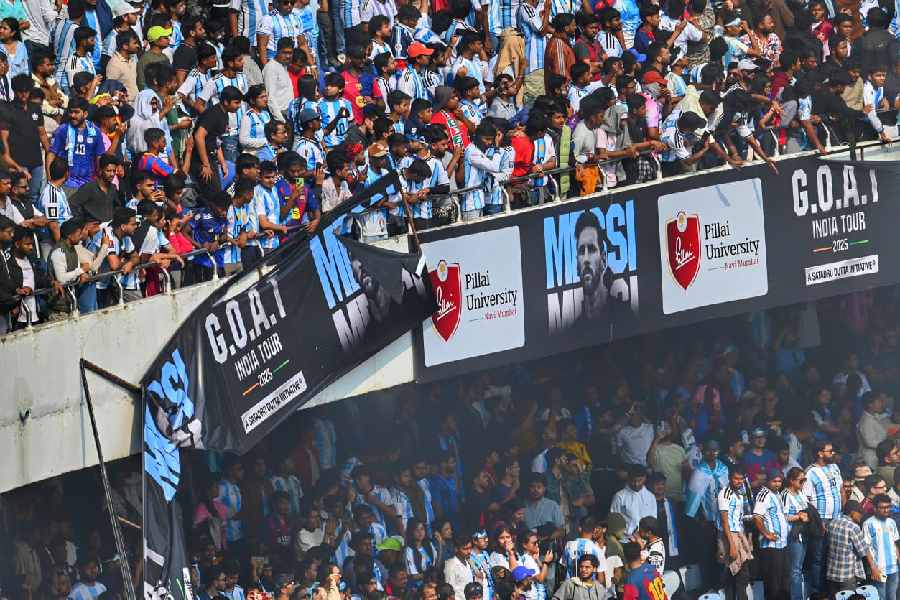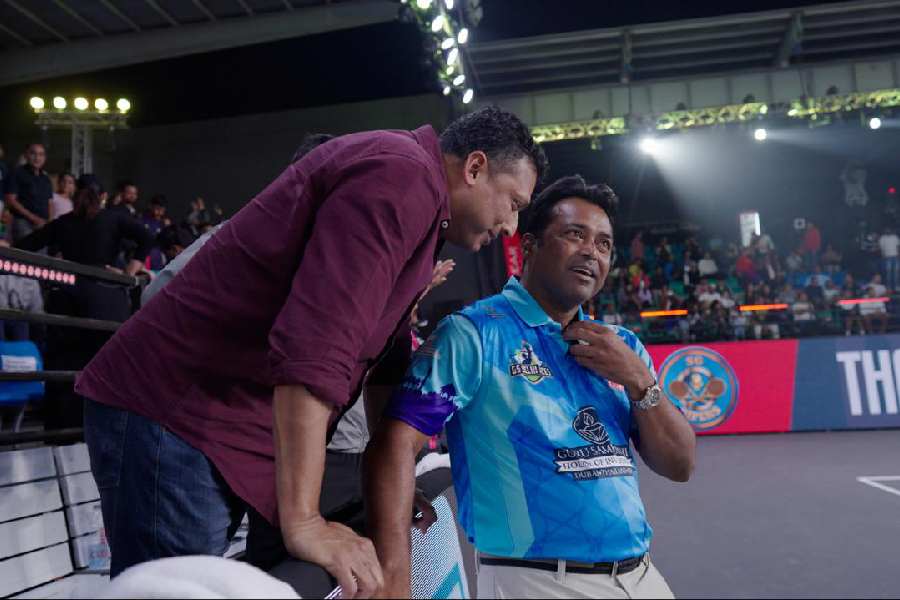During the day, this patch of land in the US is not remarkable. Eleven buildings, nearly identical, look like bland, oversized backyard sheds. Several large recreational vehicles are parked nearby.
Not long ago, cows grazed here.
But, as the sun sets on a clear day, the buildings groan and creak as the roof of each shed rolls back, just like the sliding lid on a wooden box.
Revealed within the sheds are hundreds of telescopes that intermittently twitch and pirouette, a robot army awakening. Their owners are nowhere to be seen.
This is Starfront Observatories. If you want to explore the universe but do not want to go outdoors, this might be the place for you. In an age of digital cameras and state-of-the-art Internet, amateur astronomy can now be a remote-controlled hobby and a far more sophisticated one.
Today’s telescopes provide much more than a magnified view of the night sky. For many practitioners, the name of the game is astrophotography — taking exquisite, long-exposure photographs of objects much too dim to be seen with the naked eye.
“It’s the most efficient way for astronomy to be done,” said Dustin Gibson, one of the founders of Starfront Observatories.
The romantic notion of an astronomer trekking to the top of a distant mountain just to observe the universe clearly through the eyepiece of a telescope has been fading for decades. Now, many professionals set up observation campaigns from their own offices, sometimes half a world away. The next morning, they go to work and look at the new images and data awaiting them on their computers.
That trend has reached amateurs too, with remote observatories popping up in Utah and New Mexico in the US, Chile and elsewhere. But those largely cater to the most obsessed hobbyists, who seek the clearest, darkest skies for big, expensive, high-end equipment.
Gibson and the other three founders of the company — Bray Falls, Nathan Hanks and Josh Kim — wanted to build something within reach of more people. Since it opened for business a little over a year ago, Starfront has grown quickly and now houses more than 550 telescopes. That is, by far, the most of any such facility in the world, the company says.
The telescopes include tiny ones that look like security cameras as well as a behemoth with a two-foot-wide mirror that belongs to Gibson.
“Our mission is to make space exploration, and space in general, more accessible to everyone,” Kim said.
But it is not a cheap hobby — a good telescope can cost hundreds or thousands of dollars — nor an easy one. Most people live in urban and suburban areas where the night skies, flooded by artificial lighting, never get very dark. Clouds can also get in the way, and in places up north, standing outside in winter can be uncomfortably cold.
The founders of Starfront say there is a better way: ship the telescope to Texas, along with a digital camera and a computer. At Starfront, a technician will instal the device onto a steel mount in one of the sheds.
It is like renting a parking spot for your telescope, albeit one with a high-speed data connection. The cost starts at $99 (more than ₹8,600) a month for the smallest telescope.
The telescopes can track the same part of the sky over many nights. Over that time, digital camera sensors can gather enough photons to reveal objects that are otherwise invisible. Amateurs typically use telescopes with a wide field of view and thus spot things missed by giant professional observatories, which focus on a speck of the night sky.
“This is a nebula I discovered in Virgo,” Falls said, pointing to a colourful image of a remnant of a supernova explosion in the constellation Virgo that rivalled the nearby moon in size.
Falls, an accomplished photographer of the night sky, said the image took about 180 hours of exposure time. “Most of the stuff I look at is bigger than the moon in this sky, but it’s just so faint that people don’t really photograph them at all,” Falls said.
The four founders of Starfront had crossed paths through various earlier business ventures and a shared interest in astronomy. Gibson, Hanks and Kim had all worked at a startup, OurSky, which provides a software development platform for space data applications. Falls and Gibson have known each other for years through the astrophotography community.
A couple of years ago, they started looking for a site. There were some obvious requirements.
It had to be dark: Class 1, the darkest on the Bortle scale, named after John Bortle, the amateur astronomer who created it. (Times Square in Manhattan is a nine, the brightest and least desirable for looking at the cosmos.)
The weather also had to be clear on most nights.
Texas was not an obvious choice. Deserts or mountaintops in places like New Mexico and California can be darker and clearer. But 15 acres of land next to a dirt road near the minuscule community of Rockwood offered other benefits like fibre-optic cables that provided fast, reliable Internet.
As people sent their telescopes to Starfront, the founders had trouble keeping up with customer support.
“We were drowning,” Kim recalled.
They set up a community on Discord, the instant messaging platform, so that customers could help one another. Anyone can join, not just people with telescopes at Starfront. That has turned into a vibrant group of people helping with technical issues and collaborating to combine data from several telescopes to produce better images.
NYTNS










